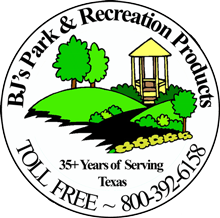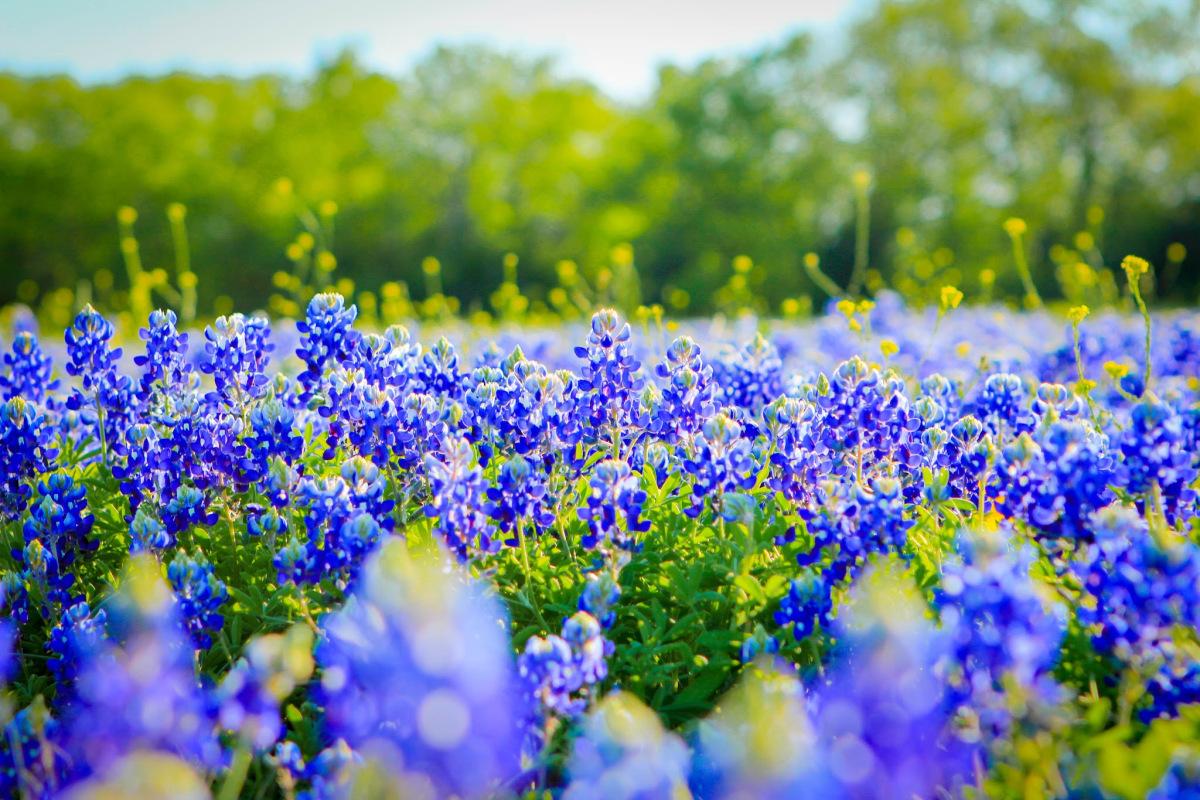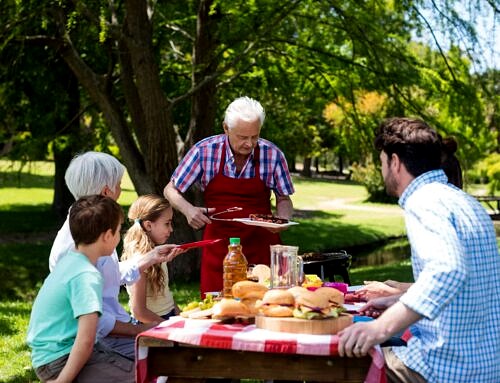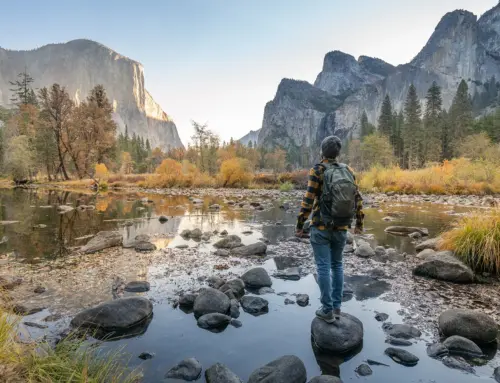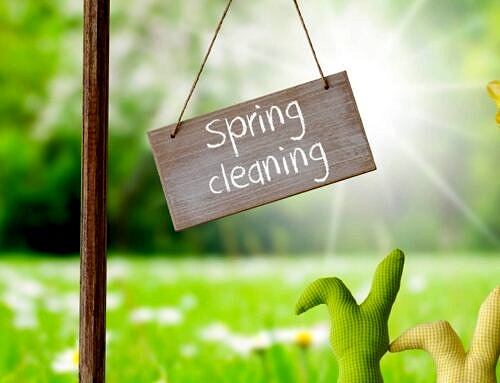Why go native?
Why would you plant native plants?

As the leaves start to turn from summer to fall and the harvest season is upon us, it’s time to think about what we want to plant for the spring. Many people grab dozens of colorful flowers and plants at the nursery to brighten up their yards not even taking into consideration if these plants are native to their environment or not. We buy for the look of a plant, not the benefit it can give the surrounding environment and ecosystem as a native to the area. So what would be the benefit of going native versus just buying for the color or texture? What real benefit does native plants give us that non-native plants do not? And is it just the plant world that this choice effects or is it more widespread, overlapping into animal habitats and nutrition, ecosystem friendly helpers to the soil, and natural environmental resilience to bugs, weather, and diseases? Going native encompasses much more than just a pretty plant and effects much more than just the outer look of an area.
What are Native Plants?

Evolving over thousands of years, native plants learned to thrive in certain areas, growing in harmony with the weather, soil, water supply, environment, and other native companions in that area. They are able to establish themselves more easily than non-native plants and will be generally more healthy and hardy making them a good choice for sustainability. Because they are native to an area they are able to withstand the specific environmental challenges of that area and thrive where non-native plants cannot. They have adapted and evolved to naturally combat local soil deficiencies, bug infestations, water shortages, and weather conditions and still thrive as a species. They are also connected to a larger ecosystem that encompasses a vast area around them which they have learned to work with to benefit both themselves and the surrounding system. By working together with their surrounding ecosystem they help it to endure and maintain its purpose for that area or region.
How do They Benefit Us?

In their original environment, native plants can thrive leading to creating a natural habitat for wildlife like pollinators (bees, butterflies, and birds) as well as small animals both warm and cold blooded, and microscopic organisms that live in the soil. This is only one way native plants help our environment. Other benefits of native plants include:
- Wildlife habitats: Native plants provide food and shelter for many different animals, including birds, pollinators, and small mammals. For example, monarch butterflies depend on native milkweed plants for breeding and hosting their young.
- Water conservation: Native plants require less water than lawns and can help reduce water runoff and flooding. Their deep roots help hold soil and take up water that would otherwise run into streets and streams.
- Soil protection: Native plants help prevent erosion.
- Air quality: Native plants remove carbon from the air.
- Low Maintenance: Native plants are generally pest free, drought tolerant, and require minimal maintenance.
- Biodiversity: Native plants promote biodiversity and stewardship of our natural heritage.
- Landscape beauty: Native plants provide a wealth of colors, textures, varying heights, and bloom times.
They require less water, pesticides and fertilizers that help decrease air pollution and water pollution from run-off. Native plants are also known to be less costly as well as less expensive to upkeep saving you money in the long run as well as contributing to taking care of our planet.
Where to Find Native Plants?
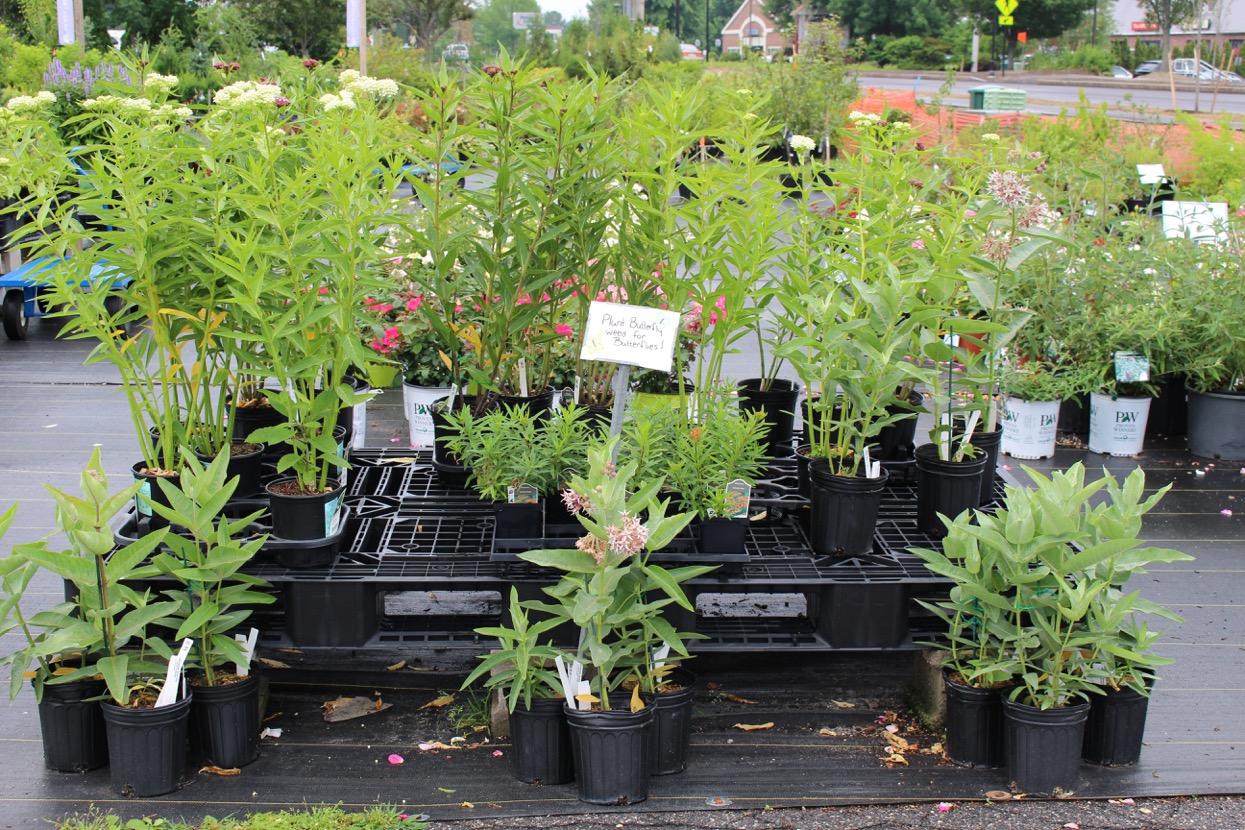
A quick search on your local Audubon Society website will give you an idea of the various nurseries that stock your area’s native plants. You can also ask your local nursery for advice on which native plants will work best for you and the area you live in. Some government agencies can also assist you in learning more about your local native plants and may even provide classes on horticulture that would be helpful to hone your skill at picking out and knowing the best suited native plants for the various areas you would like to landscape. The primary government agencies that can assist with native plants are the Bureau of Land Management (BLM), the U.S. Forest Service, and the Natural Resources Conservation Service (NRCS) within the USDA, all of which have programs focused on conserving, restoring, and developing native plant communities across public lands and through collaborations with landowners. Working with these agencies helps your local area, community, state, and planet.
Help the Planet and the Natives!

Not only do native plants improve the look of your yard, they also help improve our environment and planet through better air quality, new living landscapes for pollinators and small animals, and being cost effective to maintain. Who doesn’t love a way to create something pretty, practical, and environmentally friendly!
